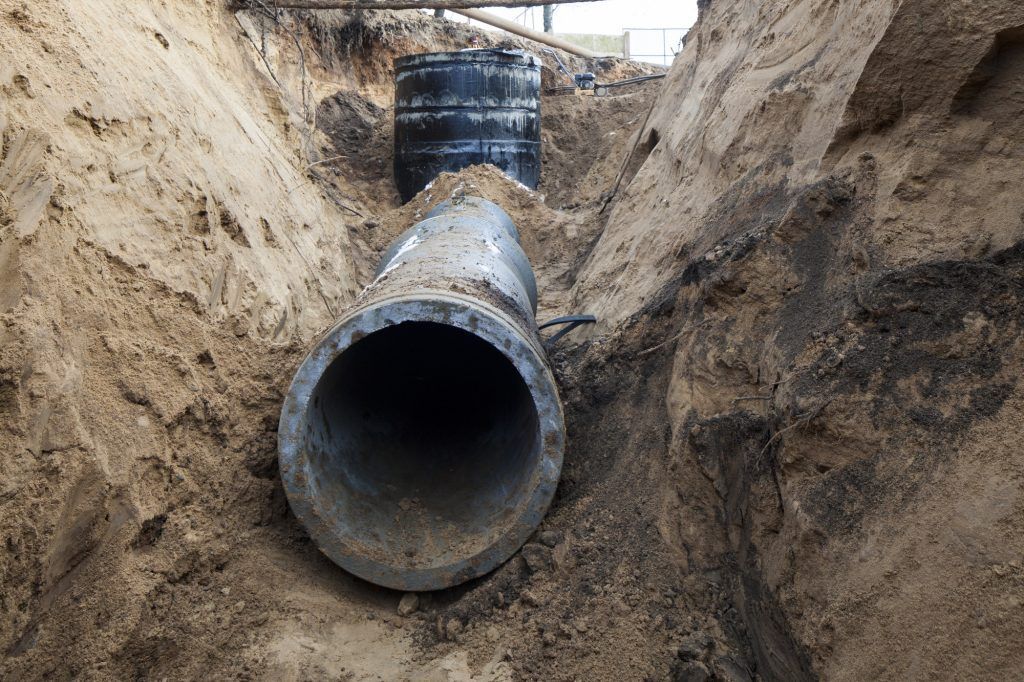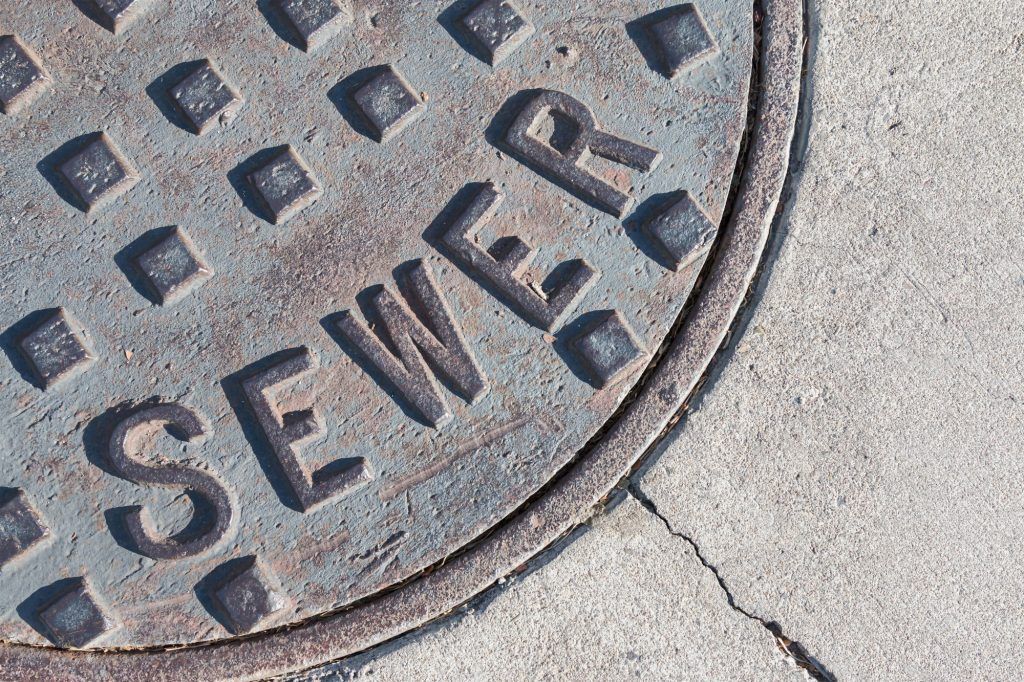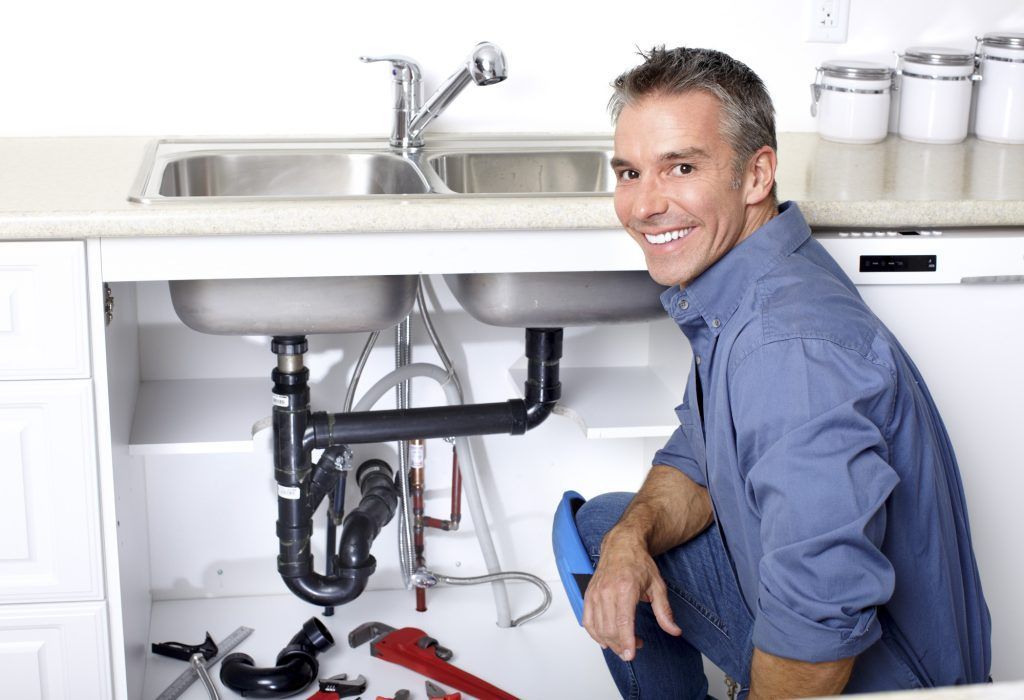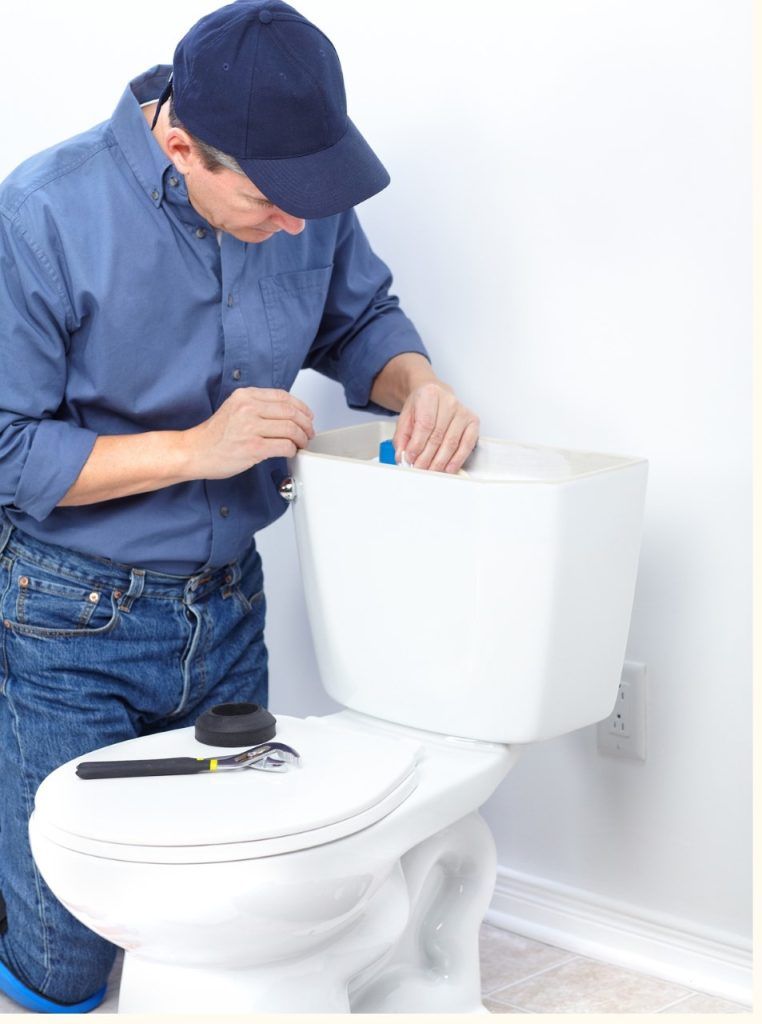Understanding Sewer Repair: A Complete Guide for Homeowners
SHARE POST:
As a homeowner, plumbing issues are an inevitable part of the package. Among the most complex and potentially messy problems you might face, sewer line damage tops the list. To help you navigate this challenging territory, we've crafted a comprehensive guide to understanding sewer repair and effective maintenance. From common causes of damage to repair methods and preventive strategies, this guide will empower you to take control of your plumbing system.
Unveiling the Culprits: Common Causes of Sewer Line Damage
Understanding what leads to sewer line damage is the first step in prevention. Several factors can contribute to the deterioration of your sewer system:
Tree Root Infiltration: Trees, while majestic, can pose a significant threat to sewer lines. As trees grow, their roots can infiltrate pipes, leading to blockages and structural damage. Picture the roots of an oak tree causing clogs and cracks in your sewer line.
Aging Infrastructure: If you own an older home, chances are your sewer system might be made of materials like clay or cast iron. Over time, these materials deteriorate, resulting in cracks, collapses, and leaks.
Shifting Ground: Changes in the ground due to soil erosion or earthquakes can wreak havoc on sewer pipes. Such shifts can misalign or damage pipes, disrupting wastewater flow and causing backups.
Grease and Debris Buildup: Pouring grease down the drain or flushing non-flushable items can lead to stubborn blockages. These blockages result in slow drains and sewage backups, creating a less-than-pleasant situation.

Detecting Trouble: Signs of Sewer Line Damage
Spotting signs of sewer line damage early can save you from extensive repairs and costly cleanup efforts. Keep an eye out for these indicators:
Foul Odors: Sewage backup or leakage
Slow Drains: Partial blockage or clog
Multiple Clogged Fixtures: Main line blockage
Soggy Yard Patches: Sewage leakage in the yard
Gurgling Sounds in Drains: Air trapped due to blockage
Backed-Up Toilets and Drains: Significant blockage or sewer line collapse
Exploring Solutions: Different Sewer Repair Methods
When your sewer line faces damage, you have options for repair. The method you choose depends on the severity of the issue. Let's explore the three main repair methods:
Trenchless Pipe Lining: Modern Efficiency
For minor issues like small cracks and leaks, trenchless pipe lining is a game-changer:
Inspection: Advanced cameras assess the damage and identify areas needing repair.
Cleaning: Thorough cleaning of the sewer line removes debris and buildup.
Lining Installation: A resin-coated liner is inserted and expanded within the damaged pipe, creating a corrosion-resistant lining.
Cured and Ready: Once the resin cures, the new lining is sturdy and seamless, without the need for extensive excavation.
Traditional Excavation: Extensive but Effective
For more severe damage, traditional excavation might be necessary:
Excavation: A trench is dug to access the damaged area, requiring careful planning to minimize disruption.
Pipe Replacement: The damaged section is removed, and a new pipe is installed using modern materials like PVC or HDPE.
Restoration: After installation, the trench is backfilled, and landscaping is restored.
Pipe Bursting: Balance of Efficiency and Replacement
Pipe bursting is an option for severe damage or collapsed pipes:
Access Points: Entry points are created near the damaged and replacement pipes.
Bursting Process: A bursting head breaks apart the old pipe while simultaneously pulling in the new pipe.
New Pipe in Place: Once bursting is complete, the new pipe is securely in place.
Nurturing Longevity: Effective Sewer System Maintenance
Preventive measures can extend your sewer system's life and prevent future damage:
Mindful Flushing and Draining: Avoid flushing non-flushable items and pouring grease down drains.
Tree and Root Management: Trim and maintain vegetation near sewer lines to prevent root intrusion.
Regular Inspections: Schedule professional inspections to catch issues early.
Proper Grease Disposal: Collect grease and dispose of it in the trash.
Educate Household Members: Teach responsible plumbing practices to everyone in your home.
Regular Maintenance Checks: Flush drains and schedule inspections periodically.
Temperature Considerations: Insulate pipes and prevent freezing during cold weather.
Avoid Chemical Drain Cleaners: Opt for mechanical methods instead.
Consider Root Barriers: Install root barriers to redirect root growth away from pipes.
Stay Informed: Keep up with plumbing practices and technologies.

The Road Ahead: Taking Charge of Your Sewer System
From recognizing signs of damage to understanding repair methods and maintenance strategies, this guide equips you to manage your sewer system effectively. Trenchless methods like pipe lining offer efficient solutions for minor issues, while traditional excavation and pipe bursting address more severe damage. By following preventive measures and adopting responsible plumbing practices, you can prolong your sewer system's life and minimize the risk of future problems.
Remember, maintaining your sewer system is an investment in the functionality and comfort of your home. Regular inspections, responsible habits, and professional assistance when needed will keep your sewer system flowing smoothly for years to come. If you have any questions or need professional assistance, contact us for expert guidance. Your home deserves the best care, and we're here to help you achieve it.
OUR RECENT POST:



